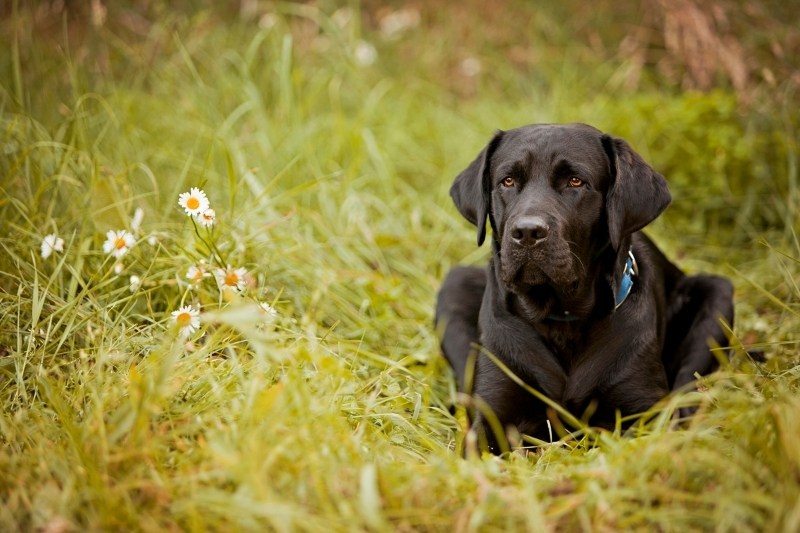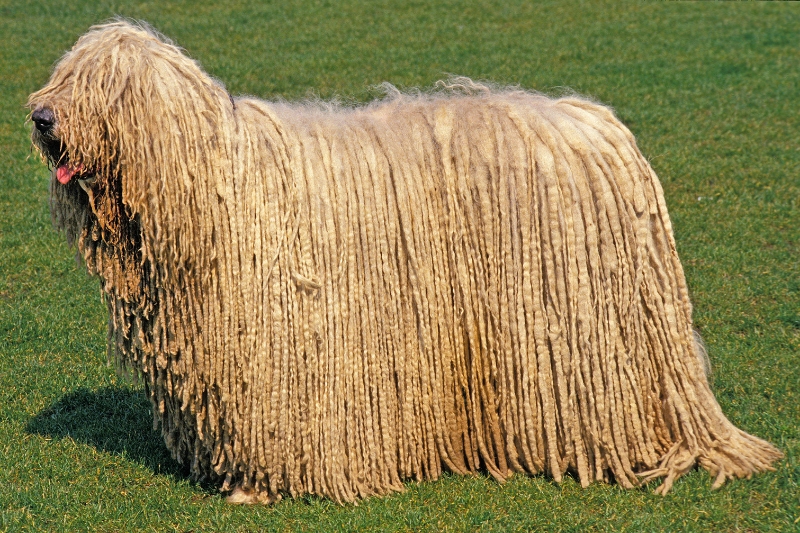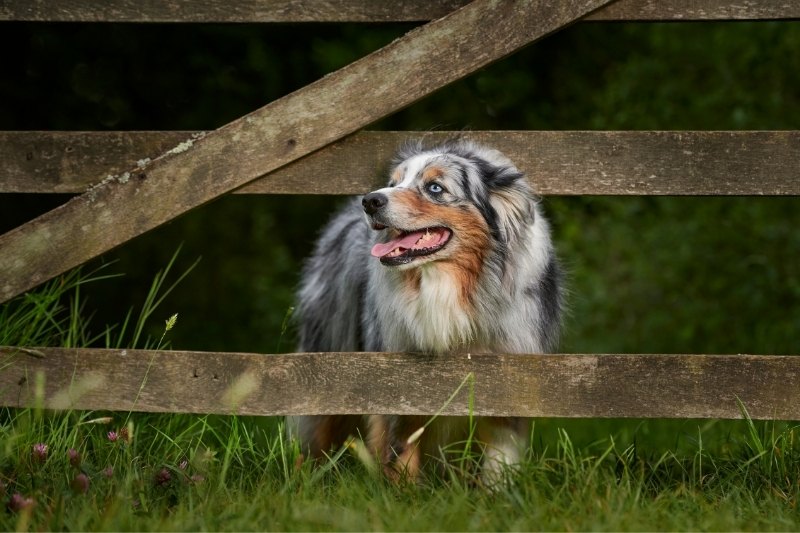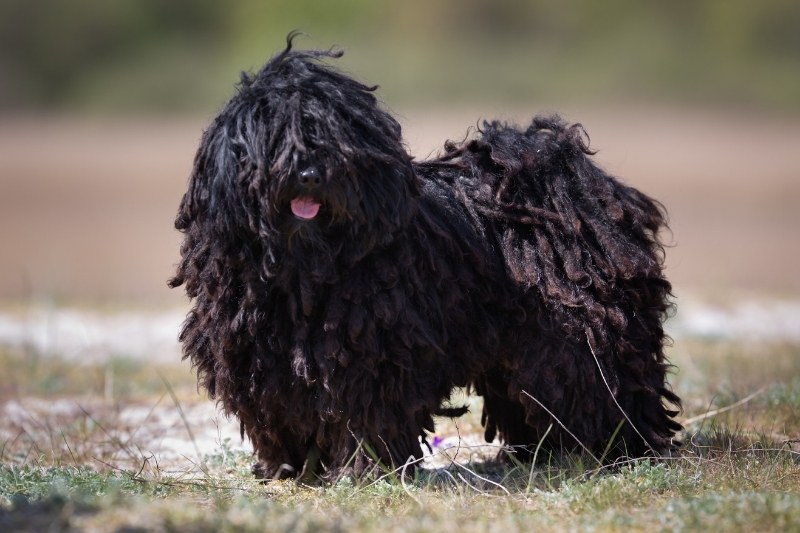11 Canadian Dog Breeds

Canadian dog breeds have a rich history – some of them even date back thousands of years! Often bred as companions, these breeds are generally hard-working, active, and need lots of space to roam and enjoy. Some of these pups you’ll definitely have heard of (and it may surprise you to know they’re Canadian) and others are actually extinct.
But which of these amazing dogs is going to be your favorite? Here’s what you need to know about each one.
What Do The Kennel Clubs Say?
According to the Canadian Kennel Club (CKC), 187 official dog breeds exist. Of these pups, there are 5 recognized Canadian breeds. Whilst some of these dogs are Canadian through and through, others owe a lot of their breed development to breeders in England.
We’ve also listed three now-extinct pups so that you can learn as much as possible about the incredible Canadian dog breeds both past and present!
How to Keep Canadian Dog Breeds Happy
All dogs are different and breeds require varying levels of exercise and care. Kennel Clubs groups recognized breeds into 7 groups: working, hound, non-working, toy, Terrier, sporting, and non-sporting. Depending on the group, you can usually expect a dog to need more or less exercise depending on how they’re categorized (amongst other things).
Many Canadian dogs fall into the working and sporting categories. This means they need lots of space and a good amount of daily mental and physical entertainment. If you think about how vast Canada is as a country, you can imagine that these dogs are not made for apartment living.
Nearly all of these pups need large spaces to play in and lots of time exploring their environment and the world around them. A lot of Canadian dogs were also bred as companions to help indigenous peoples cross the harsh Canadian environment in difficult conditions. They’ve therefore got a lot of fur (which might require a lot of grooming) and they’re devoted to their owners.
But let’s take a look at each pup in more detail.
Canadian Dog Breeds That Still Exist
Unfortunately, some Canadian dog breeds are now sadly extinct. Whilst it’s impossible to find those breeds, there are still 5 recognized ones that are adorable dogs. We’ve also included a pup that, up until the 1990s, was considered the same breed as a Siberian Husky!
Labrador Retriever

That’s right! America's favorite dog breed is actually Canadian – with quite a lot of influence from England.
Labs are playful, intelligent, and a great family pet. They come in three recognized colors including yellow, black, and chocolate. Like other Canadian dogs, Labrador Retrievers need lots of exercise and space to run around. They’ll love games of fetch or playing with a frisbee – especially if the ball or frisbee ends up in water and they have to chase it.
The Labrador Retriever is actually from the same stock as the Newfoundland. Despite their name, they’re not actually from Labrador at all. They were bred to be hunting dogs and are expert waterfowl and prey retrievers.
Because of their intelligence, kind nature, patience, and devotion to their owner, Labradors are often used as therapy dogs and seeing-eye dogs. They get on really well with children and other pups and are one of the best choices for families.
Newfoundland

Newfoundlands are massive dogs bred, surprisingly, in Newfoundland. These pups may look imposing, but they're actually incredibly sweet-tempered, patient, loving, and caring. They’re wonderful with children and are even nicknamed ‘nanny dogs’.
Newfies were first bred to help Canadian fishermen. They could retrieve fish and nets, work hard on the boats, and be an overall great companion on a long day. These pups have a thick, double coat and there are many amazing Newfoundland coat colors. That beautiful coat does require a weekly deep groom and that may even increase to daily brushing during shedding season.
Newfoundlands need half an hour of daily exercise to keep them physically fit and mentally stimulated. They love water and even have natural life-saving instincts (which is handy when you’ve got kids involved too).
Even though Newfies are wonderful family dogs, they are large and that can be difficult for some owners to deal with. If you don’t have experience with big dogs, you might be better off with one of the other Canadian dog breeds.
Canadian Eskimo Dog (Canadian Inuit Dog)

The Canadian Eskimo Dog is an ancient spitz breed, first bred to work with the Inuits, these dogs are hard working, loyal, and a good companion breed. They’re hardy canines that can spend hours outdoors with their owner and are good at herding and even hunting.
In true spitz fashion, Canadian Eskimo Dogs are devoted to their owners and get along well with other dogs in their pack. They’ll happily work and socialize with other dogs they know. But, they can be a little suspicious of and even aggressive towards pups that aren’t part of the pack.
They also look very spitz-like and have the iconic fluffy coat, pointed ears, defined muzzle, and feathered tail that curves over their back. Their coats can be particularly beautiful colors including white, white and cinnamon, and white and red.
With the invention of the snowmobile, the number of Canadian Eskimo Dogs declined rapidly. But, thanks to the Canadian Kennel Club and efforts from local breeders, they managed to save this breed from the edge of extinction.
Landseer

Landseer look a lot like Newfoundlands. And interestingly, the American Kennel Club categorizes them as the same breed. Many other kennel clubs, however, categorize the two breeds differently. This is because of how Landseer were further bred in Germany and Switzerland.
European settlers who went to Canada in the 1800s particularly liked Newfoundlands with black and white coats. They took some of them back with them to their homelands where they were further bred with Pyrennean Mastiffs and other breeds.
Much like Newfoundlands, Landseer have calm, even temperaments and make great pets for families that have enough space and experience to deal with a large dog breed. They need around half an hour of exercise every day and love swimming.
They can be a little territorial, especially of their home and the loved ones in it. So lots of early training and socialization can help to avoid any unwanted behavior.
Nova Scotia Duck Tolling Retriever

The Nova Scotia Duck Tolling Retriever is the smallest of the AKC’s listed retriever breeds. These medium-sized dogs are beautiful, intelligent, energetic, and great hunting companions. In fact, they were bred to have a very unique hunting tactic…
One of the things that make this breed so unique is their stunning coat color which ranges from light red to a dark, copper color. Their beautiful coat color makes them look a lot like foxes which they use to their advantage. They spook the ducks out of their hiding places because the ducks think they’re a fox and, unfortunately for the ducks, they swim into the gun range of the hunter. It’s certainly a unique tactic!
Nova Scotia Duck Tolling Retrievers are funny, active dogs that love to play fetch. Like, really love to play fetch. They need lots of daily exercise and will adore going swimming, hiking, running, or playing with their canine buddies.
Labrador Husky
Confusingly, this isn’t actually a Labrador and Husky mix. But rather a separate breed that was developed in the Labrador region of Canada.
These pups are an ancient breed that has been around for thousands of years. They were first bred by the Inuits who wanted a pup that had incredible endurance and that could keep up with their nomadic lifestyle. They also wanted a good companion that was loyal, protective, and could be fierce when needed.
Labrador Huskies, like other spitz breeds, are excellent sled dogs. Similarly to others, this Canadian dog breed declined in popularity with the invention of the snowmobile but, thanks to hard work by local breeders, their numbers are slowly increasing. Although they’re still pretty difficult to find.
To help them navigate the harsh conditions of Canada, these dogs have thick, double coats that are weather resistant. They also shed a lot, so you’ll need to brush them regularly and even more when they blow their coats.
Seppala Siberian Sleddog
Seppala Siberian Sleddogs are highly intelligent, docile, and affectionate pups that look a lot like Huskies. And actually, they were considered the same breed up until the 1990s. Nowadays, however, Seppala Siberian Sleddogs are recognized as the working line and Siberian Huskies as the show line.
These dogs have amazing endurance and are experts at pulling sleds over difficult terrain. Their strong yet athletic bodies are made for hard work so anyone thinking about adopting one should bear that in mind. They love to have a job to do and will be happy accompanying you wherever you go.
These dogs do have quite a high prey drive, so they should only be allowed to play and roam in a fenced area, otherwise, they’ll be off when they see something they decide is prey. This sled dog isn’t made for warmer climates so if you live somewhere very hot, it’s best to consider a different breed.
Canadian Dog Breeds That Are Extinct
There are three wonderful Canadian dogs that you won’t be able to get your hands on. For different reasons, these pups have all become extinct, but it’s worth learning about them anyway!
Tahltan Bear Dog
The Tahltan are First-Nations people living in Northern British Columbia. They bred this medium-sized, courageous dog to help them hunt bears and other large prey such as wild cats. Even though they’re much smaller, Tahltan Bear Dogs would work closely as a pack to scare and confuse their prey before the hunter arrived.
When not on a hunt, the pups were said to be very loyal and the perfect companion. They needed lots of vigorous exercise which they’d usually get whilst out on a hunt and enjoy socializing with humans and canines alike.
Appearance-wise, these dogs were a bit fox-like, with pointy ears, defined muzzles, and athletic bodies. Unlike foxes, however, they were black, brown, or gray pups. Some like to compare them to the Finnish Spitz.
Salish Woolly Dog
These beautiful dogs became extinct in the early 1900s. Whilst most of us think of sheep when we talk about wool or shearing, it’s possible to use dog fur for blankets too! In a small area in British Columbia, these pups were shorn right down to their skin and their fur was used to weave blankets and other material. Who knew?
Whilst it might sound odd to us to shear a dog in a cold climate, these pups were apparently very happy and even sat with their owners whilst they wove.
They were very active and lively dogs that needed lots of attention from their owners. They were thought to be intelligent, happy, and good companions too. As a long-haired spitz-type breed, we can imagine that they were hard workers too. Although, not having any fur would make it difficult for you to work outdoors in Canadian weather!
Hare Indian Dog
The Hare Indian Dog was another spitz-like pup that also had wolf and coyote blood. These dogs were bred to be hunters and were exceptionally good at it too. They had amazing endurance and could go for days on a hunt. They were very loyal and trustworthy canines and also worked well as part of a pack.
These dogs look like typical spitzes, with pointed ears, elongated muzzles, and thick, dense coats. With the invention and improvement of firearms, these pups were no longer needed on hunts and their numbers declined rapidly. Over time, they sadly became extinct.
What is the most popular Canadian dog breed?
You might have guessed it, but yes, the Labrador Retriever is the most popular Canadian dog breed. These pups are regularly at the top of the most popular dogs in America list and, as a loving, family favorite, you can see why!
Newfoundlands are also very popular pups but, due to their size, they’re less popular than Labradors. They’re really sweet-natured though, and can also be perfect pets for the right owner.
What is the rarest Canadian dog?
Well, does an extinct breed count as rare? If it does, then the three extinct Canadian dogs are definitely hard to adopt. Amongst those that are not extinct, the Labrador Husky is the rarest of dogs from Canada. In all likelihood, this is down to the fact that many people know of its much more famous cousin, and decide to adopt a Husky instead. This means there’s less demand for those from Labrador.
Last Thoughts
There are so many amazing Canadian dog breeds. Only 5 of them are recognized by the CKC but those that are and aren’t acknowledged make great pets. Having been bred in cold and open terrain, all these pups need lots of space to roam and plenty of time outdoors.
They’re not the breeds for everyone, as they can have demanding exercise and grooming requirements, but for those that have the time and experience, a Canadian dog could be perfect!
I’m Charlotte, a content and copywriter from the North of England and currently living in Berlin. Animals have always been a huge part of my life, so writing about dogs is a total pleasure! I love all kinds of dogs and their cheeky personalities, but I’d have to say Weimaraners are my favourite!








